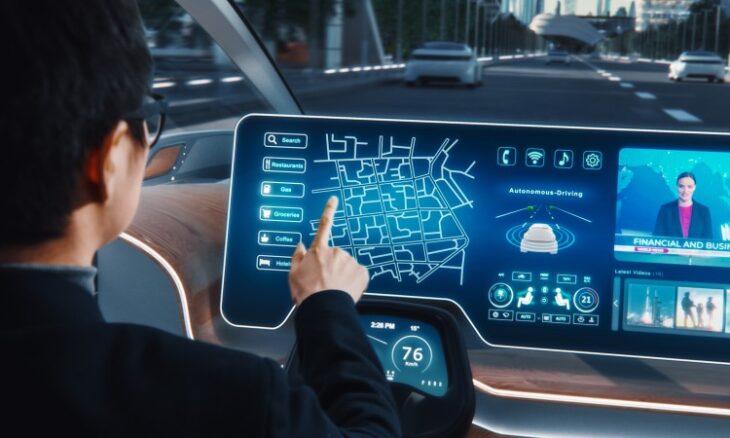BMW to Introduce Augmented Reality in Car Dashboards
The IAA Mobility event in Munich, Germany, has once again placed technological Innovation in the spotlight, with this year’s attention firmly fixed on BMW and its forthcoming Neue Klasse vehicles. The manufacturer is poised to enhance the driving experience by integrating Level 2+ autonomous systems with augmented reality (AR) technology, marking what could be a significant turning point in in-car developments.
The automotive sector has long been focused on achieving Level 3 autonomy, but practical progress has remained limited. In the meantime, BMW, in partnership with Qualcomm, is intent on refining Level 2 to its full potential. This effort is centred on Qualcomm’s Snapdragon Ride software, which is expected to be implemented in the Neue Klasse to provide drivers with advanced semi-automated features while laying the foundation for AR integration.
Augmented reality driving is a game-changer, revolutionising the way we interact with our vehicles. By overlaying digital information onto the real world without obstructing vision, AR technology enhances awareness of surroundings, highlights details, and provides navigational prompts. This means drivers can stay focused on the road, with real-time updates and context-sensitive alerts delivered directly in their field of view, transforming the driving experience.
Panasonic demonstrated the feasibility of AR glass displays in cars several years ago. Still, BMW has since been the most vocal proponent of integrating them into everyday driving. With the software side now catching up through Qualcomm’s Snapdragon Ride platform, BMW looks closer than ever to real-world adoption. The latest iteration of this platform incorporates the V2X (Vehicle-to-Everything) 200 chipset, designed to enhance a vehicle’s perception of its surrounding environment and support AI-driven semi-autonomous driving features.
The system is not just about basic AR overlays; it represents an entire in-cabin experience. Information available to the vehicle’s systems, ranging from external sensor data to navigation prompts, can be seamlessly integrated into an AR heads-up display. Qualcomm’s broader suite, the Snapdragon Digital Chassis, is also planned for BMW’s Neue Klasse, allowing enhanced vehicle-to-vehicle communication. As this ecosystem expands, the performance and reach of AR driving systems are expected to grow, suggesting that drivers may see such technology in production models within the next one or two years.
The automotive industry now finds itself at a crossroads, balancing the pursuit of fully autonomous driving with the improvement of in-cabin technology. Level 3 autonomy exists in limited contexts, such as metropolitan test areas, where companies like Waymo operate. Still, widespread adoption remains stalled due to regulatory and technical hurdles. This situation echoes the trajectory of electric vehicles, where predictions of rapid dominance gave way to steadier, incremental growth. Similarly, manufacturers may now focus on enriching the driver’s immediate experience, utilising technology that is ready for real-world deployment rather than chasing autonomy levels that remain out of practical reach.
The emphasis on AR integration offers a pathway for Innovation at a time when progress on higher autonomy levels is slowing. Vehicle interiors have changed little in recent years, leaving room for breakthroughs that could redefine how drivers engage with their cars. By blending Qualcomm’s semiconductor expertise with BMW’s design vision, the Neue Klasse could represent not only the next step for semi-autonomous driving but also the dawn of immersive in-car experiences that transform everyday journeys.










